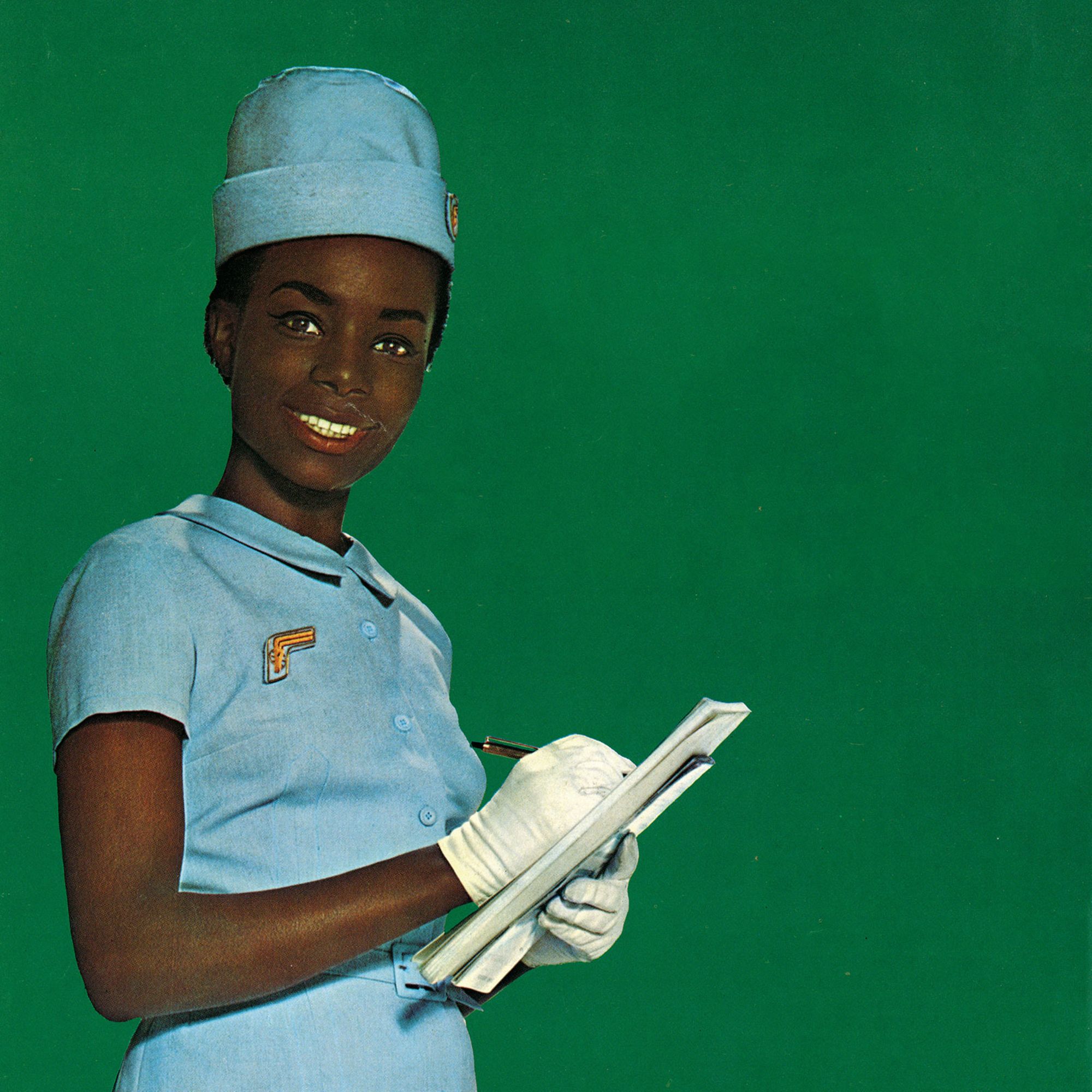A generation of flyers will remember the name Air Afrique, the pan-African airline that operated from 1961 to 2002.
In its twilight years, the carrier accrued significant debt, and the downtown in air travel after the September 11 attacks in New York City eventually put the company out of business.

But before then, the carrier — which was co-owned between the countries of Benin, Burkina Faso, Cameroon, the Central African Republic, Chad, Côte d’Ivoire, Gabon, Mauritania, Niger, the Republic of the Congo and Senegal — was known as one of the most reputable in West Africa, not only for its service (the airline flew to cities as far away as New York and Abu Dhabi, and throughout Europe) but for its reputation as a peripatetic cultural juggernaut. Balafon, its in-flight magazine, would spotlight artistic work from across the continent; its canon stands now as an early anthology of modern West African creativity and idealism.
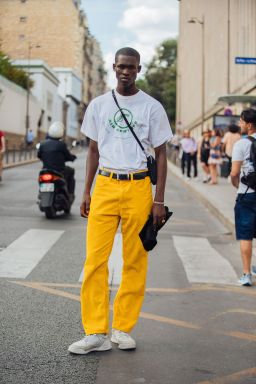
And today, the airline and its publication are being remembered with a new yearly title, aptly called Air Afrique and produced by an arts collective of the same moniker. With support from the Italian fashion label Bottega Veneta, the new magazine’s first issue launched during the Spring-Summer 2024 menswear shows in Paris on June 23, with a party at the city’s Centre Pompidou, the famed arts and culture complex. It aims to uplift the work of a new generation of creatives from across the global African diaspora.
“We want to revive the African transcendence that Air Afrique represented,” Lamine Diaoune, the founder and creative director of the Air Afrique collective, said in a statement. “Our mission is to preserve this heritage, to put Air Afrique back in the cultural conversation, and to build on their example of cultural engagement.”
“We would watch a lot of African movies from the sixties and seventies and eighties. In those films, you had a lot of references to the airline, because it was a really powerful symbol,” explained Djibi Kébé, a co-founder of the Air Afrique collective and a contributor to the new magazine. “We also spoke with ex-employees of the airline, and we went to Abidjan (in Côte d’Ivoire) and Dakar (in Senegal) to interview them. It was super helpful because they had a lot of archives of the moment.”
“We were born in the nineties or the 2000s, so we didn’t know much about it. But it’s really a big part of West African history, so we decided to come together in 2020,” Kébé continued of the collective. “We’ve done exhibitions, ciné-clubs, and have gotten people talking about the airline, and the way it helped African artists and African filmmakers. It really was about more than just flights.”
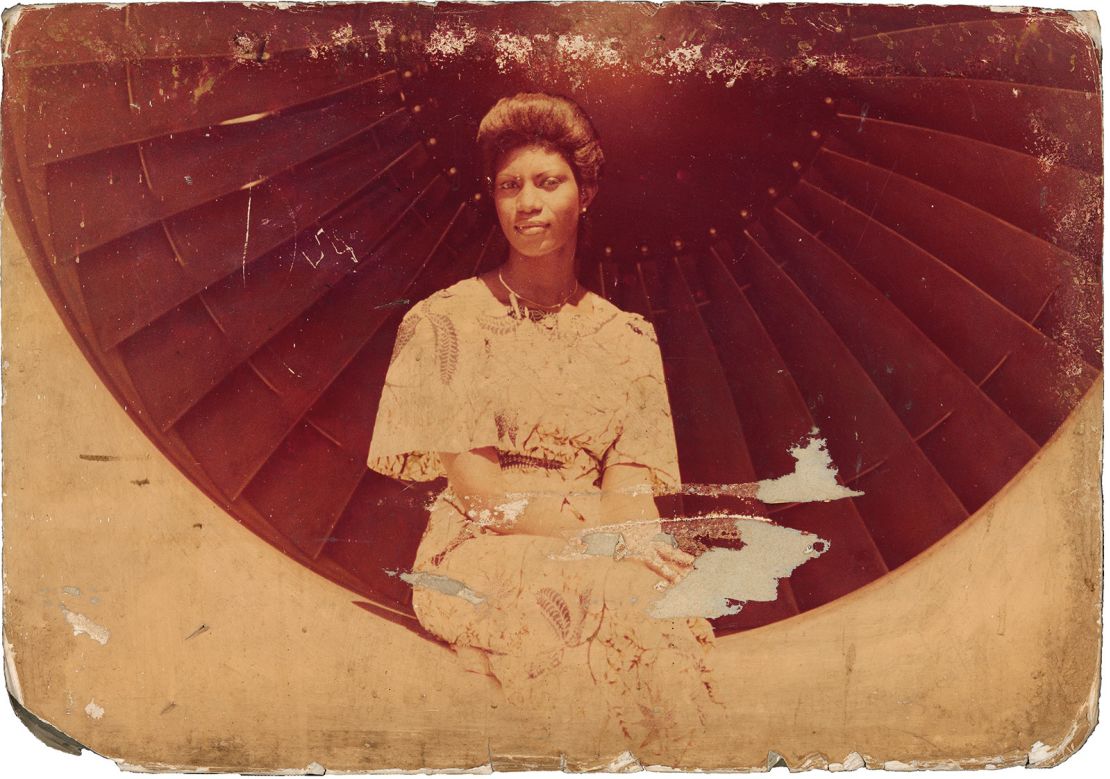
In 2022, the collective installed a sixties-style Africa-centric travel agency at the Kaleidoscope Manifesto Festival in Paris, as just one example of how they’ve been able to revive and retell the airline’s story. It got the fashion world’s attention. Bottega Veneta, which has publicly committed to collaborating with independent print media platforms and previously helped to relaunch BUTT, the cult-favorite magazine that documented alternative gay culture and sexuality, came calling.
“With our print partnerships, we recognize the craft, creativity, and quiet power of smaller-scale publications which give voice to specific communities,” a Bottega Veneta spokesperson said in a statement announcing Air Afrique’s launch. “Each magazine exemplifies quality design, editorial rigor, and a clarity and originality of vision.”
“When Bottega approached us asking what we wanted to do with the project, we said, ‘the magazine.’ Right away,” says Kébé.
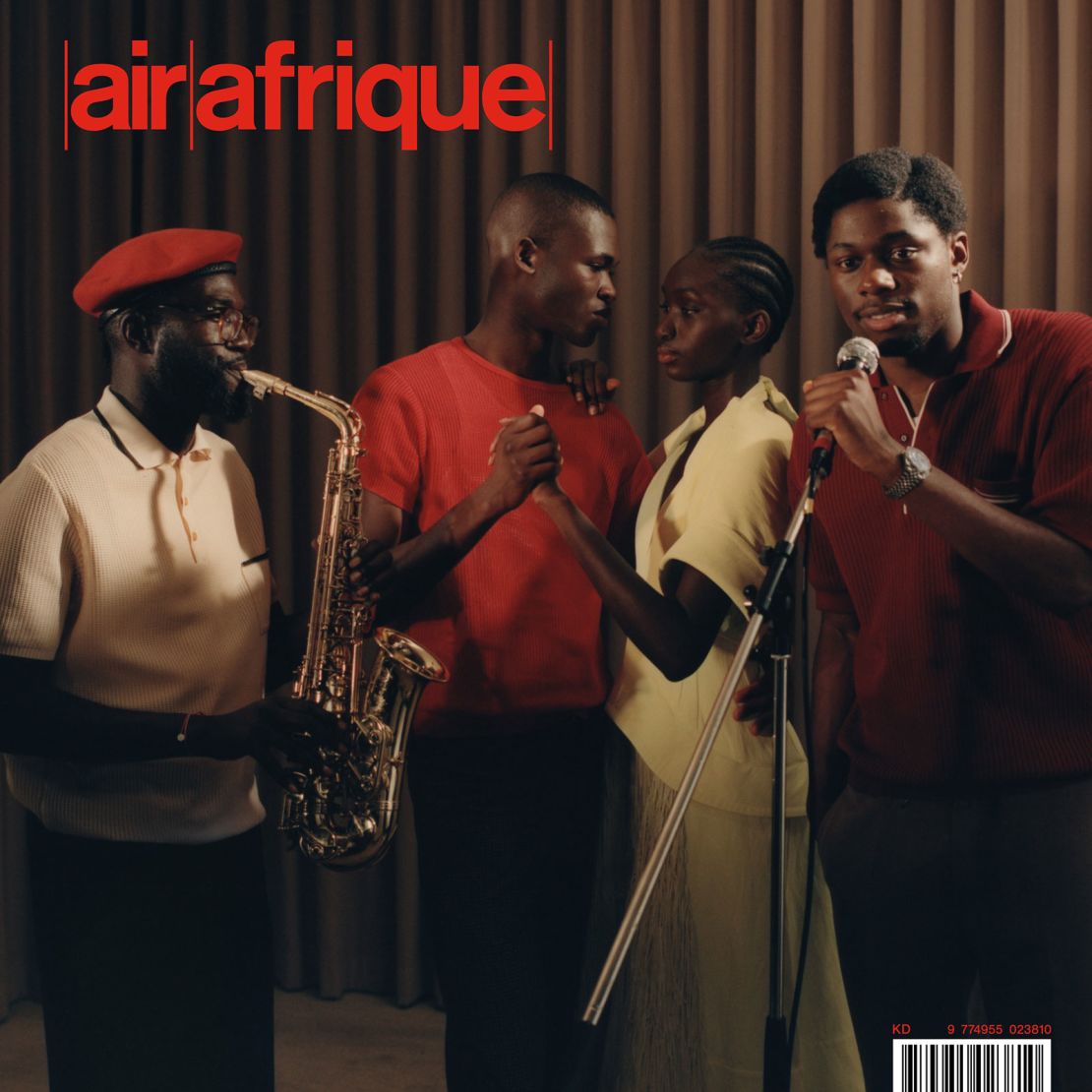
Air Afrique’s first issue is a gorgeous, lushly hued testament to the then-and-now of mid-to-late century West Africa and its modern global diaspora. The magazine’s content was overseen by its editor-in-chief, Amandine Nana. (All members of the Air Afrique collective have backgrounds in creative fields; each also has projects outside of the group, too.) Replications of archival pages from Balafon’s back issues stand alongside new work, with threads and connections neatly woven between the two.
“What was interesting was creating discussioms between the (Balafon) archives and now,” Nana said. One example of this in the new magazine is a photo essay which pairs the work of Paul Kodjo, a post-independence photographer from the Ivory Coast, with text from the writer and archivist Marie-Hélène Tusiama, who was commissioned “to dream up dialogues that might have existed within the photos,” Nana explained. “It becomes cinematic.”
The visually-striking editorial, called “Scènes d’amour à Abidjan,” features a series of black-and-white compositions of the Ivorian capital in its contemporary emergence, its denizens impeccably stylish, and energized–if hesitant, in a way–by the feeling of being on the edge of something new. Beneath an image of two women standing in front of a dilapidated colonial-era building, Tusiama imagines one saying: “Abidjan is the city of ‘everything is said’ and ‘everything is known.’”
There is much more to take in: A softly-lit cover, shot by Kébé through a nostalgic lens, of the French rapper Tiakola. There’s an original photo of Pope Jean-Paul II aboard an Air Afrique jet in 1980 during one of the pontiff’s African tours.
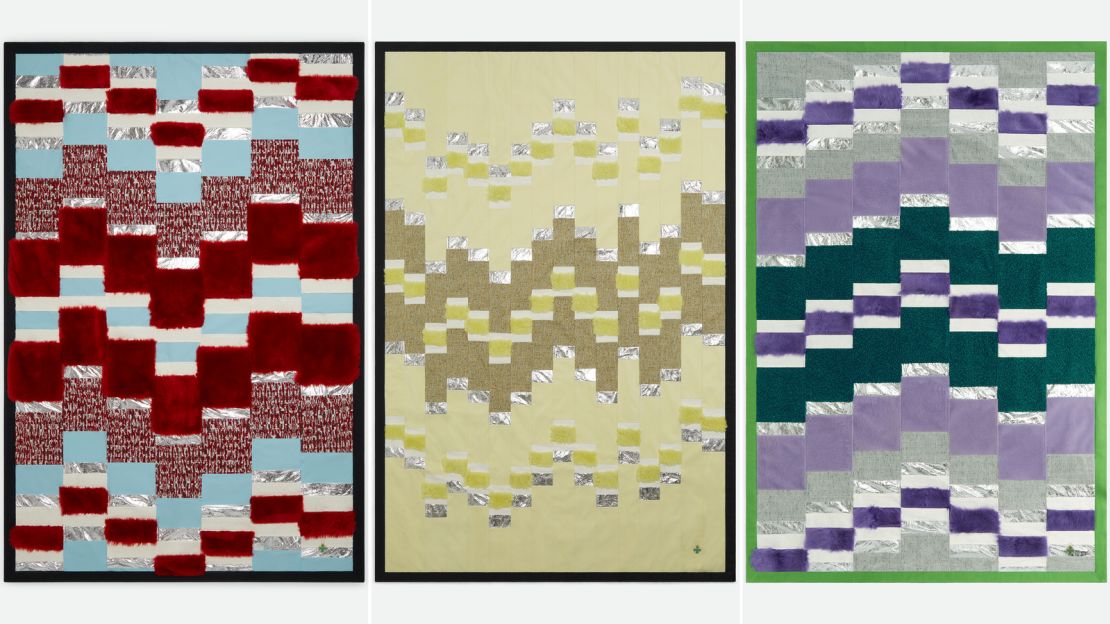
And there are brand new Bottega Veneta campaign images, showcasing a capsule collection of limited-edition blankets designed by the Franco-Sudanese designer Abdel El Tayeb.
El Tayeb is a member of Bottega Veneta’s studio, and was commissioned by the brand’s creative director, Matthieu Blazy, to imagine the throws from wool, leather, and shearling out of the house’s own archives. Labeled under his own brand El Tayeb Nation, the blankets are Afro-futuristic in look, yet inspired by the vibrant patterns of the traditional clothing worn by El Tayeb’s mother.
Ultimately, says Kébé, the collective’s primary goal is to “make a conversation. To understand the world we live in today, and to be inspired by our past… I believe all points of view are eventually connected, at some point.” And so, just as travel itself can open up new perspectives and enrich a person’s view of the world, so can an in-flight magazine.
